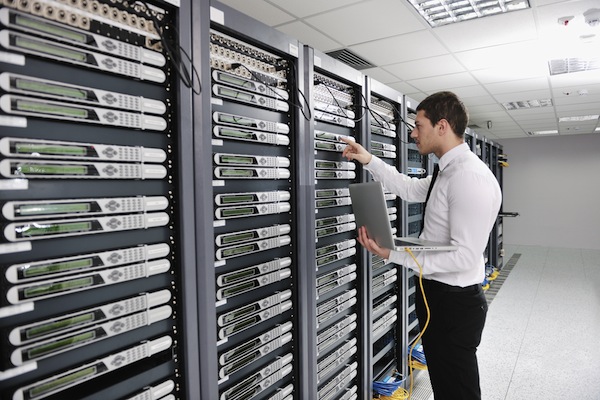
Any IT Pro will know that when you start out in the job, a large part of problem solving comes from finding the solution independently; either by bugging your friends or researching on community forums. A lifeline if you’re working under pressure with little guidance.
One of my first ever assignments was to set up a network lab disconnected from the production network. I was trying to configure the lab security device, Cisco ASA, which combined firewall, antivirus, intrusion prevention and other network security capabilities.
The objective of this was to limit connections from the production server to port 3389, which is used for remote desktop services.
Remote Desktop Protocol (RDP) would then route through a switch to user systems for testing. After a lot of head-scratching, Googling and stubbornness on my part, I’d got it configured by late afternoon with Command Line Interface (CLI) -- this was an older method for interacting with operating systems and applications.
For someone who had never set up Network Address Translation (remapping one IP address space into another) or for someone who had absolutely no idea what it was until it came up, I was feeling pretty smug by the time I had powered down my machine and logged into the pub at 5.30pm.
As you’ll probably guess by this point in my blog series, all was not what it seemed. In the mixture of panic and subsequent complacency, I had forgotten to cover myself by backing-up. Somewhere in the middle of everything the IT Illuminati had conspired against me, and I lost the configuration I had poured my blood, sweat and tears in on the day the lab opened. The ASA security device was completely blank when I walked in the next day, much like my memory following the (un)expected hangover.
It taught me to make backups whether your configuration is 20 lines or 150 for Quality of Service (QoS) alone. Fortunately, there are tools which have made things easier for me ever since. A Network Configuration Manager can simplify configuration management for an ever-expanding list of network devices.
The nice thing about this approach is that you can centrally manage all of your devices from one "point and click" console, which is a great way to take the pressure off when learning new things.
Kent Row, IT Admin and Superhero, SolarWinds.
Published under license from ITProPortal.com, a Net Communities Ltd Publication. All rights reserved.
Photo Credit: .shock/Shutterstock

